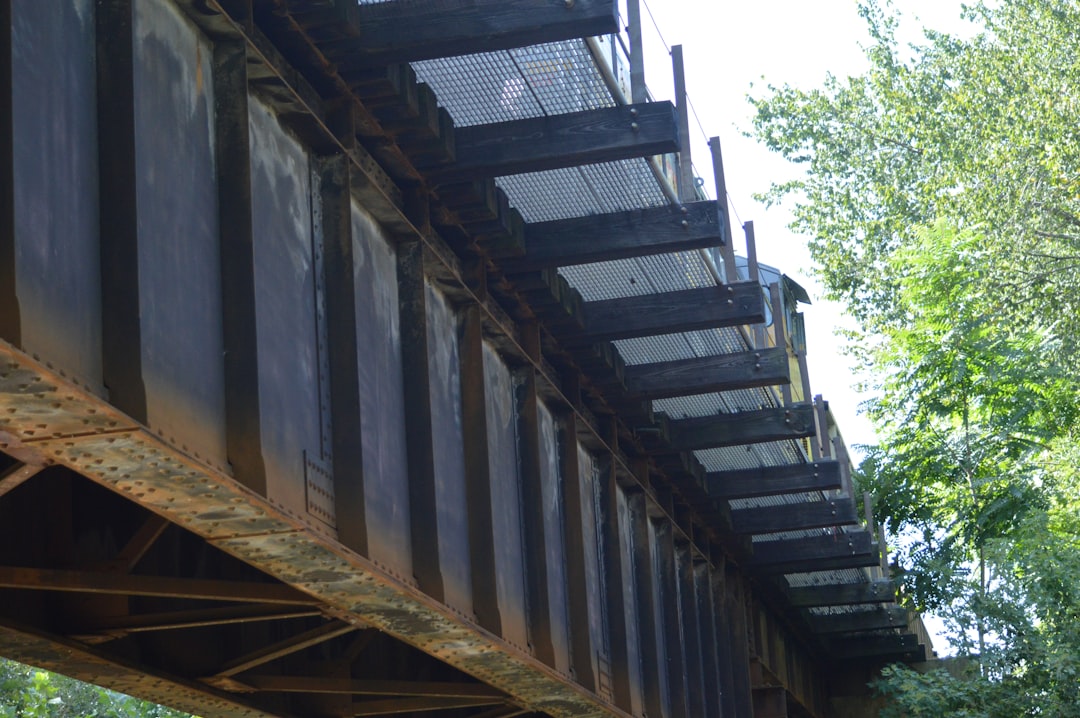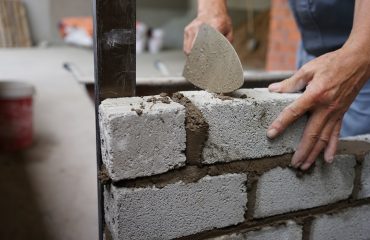In the ever-evolving landscape of construction and engineering, the demand for energy-efficient building materials is paramount. Thermally insulated steel profiles are emerging as a leading solution, offering a compelling blend of structural strength and superior thermal performance. This comprehensive guide delves into the intricacies of these innovative profiles, exploring their benefits, applications, and the future of this revolutionary technology.
Understanding the Mechanics of Thermal Insulation in Steel Profiles
Steel, while incredibly strong, is an excellent conductor of heat. This means that without proper insulation, significant energy loss can occur through walls and facades constructed using steel framing. Thermally insulated steel profiles address this challenge by incorporating a layer of insulating material within the steel structure itself. This creates a thermal break, significantly reducing the flow of heat through the profile. Common insulating materials include polyurethane foam, polyisocyanurate (PIR), and mineral wool. The thickness and type of insulation used directly impact the profile’s thermal performance, often measured by its U-value (the rate of heat transfer). Lower U-values indicate better insulation.
Diverse Applications of Thermally Insulated Steel Profiles
The versatility of thermally insulated steel profiles makes them suitable for a wide range of applications across diverse sectors. In the construction industry, they are increasingly used in:
- Curtain walls: Creating aesthetically pleasing and energy-efficient building facades.
- Doors and windows: Enhancing thermal performance and reducing drafts.
- Roofing systems: Minimizing heat loss in cold climates and heat gain in hot climates.
- Industrial buildings: Providing robust and energy-efficient structures for various industrial applications.
- Cold storage facilities: Maintaining consistent low temperatures with minimal energy consumption.
Beyond construction, these profiles find applications in transportation (refrigerated trucks), and even specialized equipment where both strength and insulation are crucial.
Material Selection and Manufacturing Processes
The manufacturing process involves carefully integrating the insulating material into the steel profile. This is often done using injection molding or other techniques that ensure a strong bond between the steel and the insulation. The choice of steel itself is crucial; high-strength, low-alloy steels are frequently used to maximize strength while minimizing weight. The selection of the insulating material depends on factors such as the required R-value (thermal resistance), fire resistance, moisture resistance, and cost. Polyurethane foam is popular for its high R-value and ease of application, while mineral wool offers excellent fire resistance. Manufacturers must ensure the chosen materials are compatible and create a durable, long-lasting profile.
Installation Techniques and Best Practices
Proper installation is critical to achieving optimal thermal performance. Improper installation can compromise the integrity of the thermal break and lead to energy loss. Best practices include:
- Careful handling: Avoid damaging the insulation during transportation and installation.
- Accurate measurements and cutting: Ensure precise fitting to minimize gaps and air infiltration.
- Proper sealing and caulking: Seal all joints and gaps to prevent air leakage.
- Use of appropriate fasteners: Employ fasteners designed for the specific profile and insulation material.
- Following manufacturer’s instructions: Adhering strictly to the manufacturer’s guidelines ensures optimal performance and warranty validity.
Professional installation is highly recommended to guarantee the longevity and efficiency of the system.
Future Trends and Innovations in Thermally Insulated Steel Profiles
The field of thermally insulated steel profiles is constantly evolving. Ongoing research focuses on:
- Development of novel insulating materials: Exploring new materials with even higher R-values and improved sustainability.
- Improved manufacturing processes: Optimizing production techniques to reduce costs and enhance efficiency.
- Integration of smart technologies: Incorporating sensors and controls to monitor and optimize thermal performance.
- Sustainable materials and practices: Using recycled materials and reducing the environmental impact of production.
- Enhanced design for specific applications: Tailoring profile designs to optimize performance in different climates and building types.
These advancements promise even greater energy efficiency and sustainability in the years to come.
Thermally insulated steel profiles represent a significant leap forward in building technology, offering a compelling combination of strength, durability, and energy efficiency. By understanding their mechanics, applications, and installation techniques, architects, engineers, and builders can leverage their potential to create more sustainable and comfortable buildings for the future.
Tags: Thermally Insulated Steel Profiles, Steel Profiles Insulation, Energy Efficient Steel, Building Materials, Construction Technology




